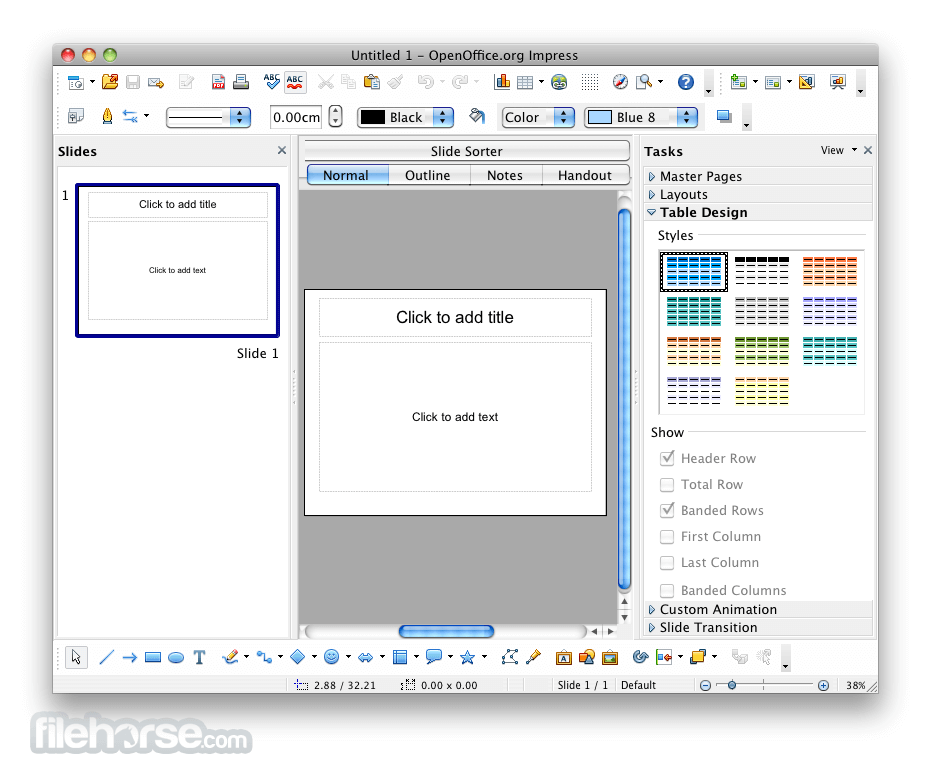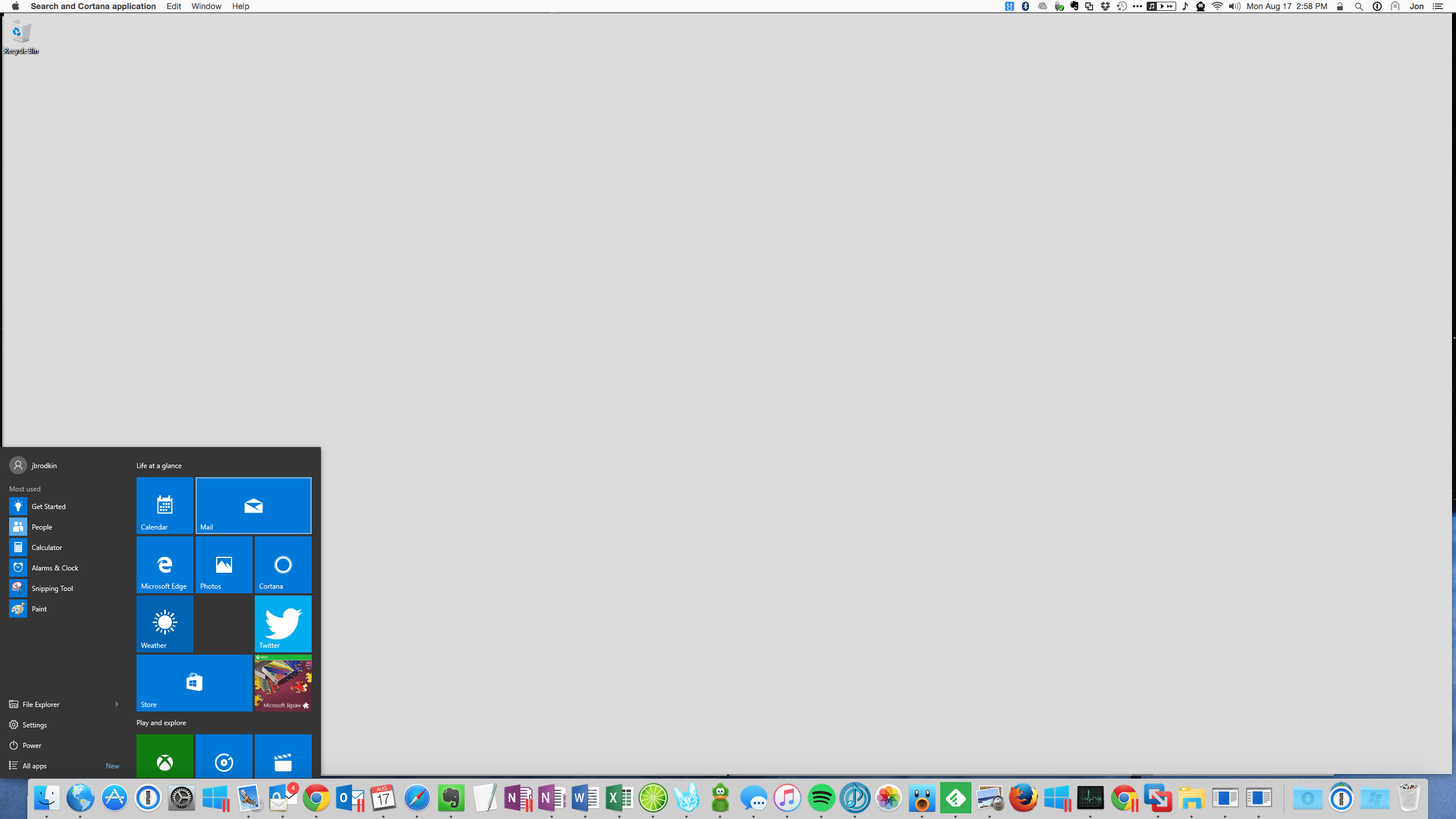Entering 'Coherence' view turns windows blank / grey - nothing showing. Even alert windows and Parallels Control center small window just show a blank / grey window. The only way to restore the Windows 10 is to exit 'Coherence' view. Current software: Parallels Desktop 12 for Mac, Version 12.1.1 (41491). My OS X virtual machine hangs on boot with the gray screen in Parallels Desktop 10. Toggle navigation. Products Products. Parallels Mac Management for SCCM.
- Parallels For Mac Gray Screen Download
- Parallels For Mac Gray Screen Free
- Parallels For Mac Gray Screen Recorder
- Parallels For Mac Gray Screen
- Parallels For Mac Gray Screen Protector
Even after re-installing OSX and parallels and windows over again, windows doesn’t seem to have any love for my mac. I wish I had a screen shot but I had a Windows blue screen with the mac grey screen of death over the top of it, Classic! Lock or Sleep Only Your Mac’s Screen. Starting with the Version 4.0 release, Parallels Desktop for Mac has a new logo, which resembles an aluminum iMac, with what appears to be Windows XP on the screen and 2 parallel red lines overlaid on the right side. Even after re-installing OSX and parallels and windows over again, windows doesn’t seem to have any love for my mac. I wish I had a screen shot but I had a Windows blue screen with the mac grey screen of death over the top of it, Classic! Lock or Sleep Only Your Mac’s Screen.
One key aspect of development is being able to test code, but more importantly testing code in a controlled environment. While this is most commonly managed by the IT department via their delegation of certain machines as a Dev, QA, and even Stage environments, the same concept may be easily applied to a developer’s own cycle through the use of a local Virtual Machine.
As I’ve begun my foray into the world of Mac and iOS development the first task I’ve taken on is the setup of my personal Mac OS X virtual machine. There are many tutorials out there describing the process, but many are short, incomplete, and out of date. I will outline every step I took to ensure a fully functioning install of a virtual machine using OS X Mountain Lion, VMWare, Parallels, and VirtualBox (Currently there’s an issue with Mac OS X Mountain Lion and VirtualBox with regards to a hypervisor).
There a various ways to create a Virtual Machine using the virtualizing applications. Each can be classified as “App or Disk Image”, “Recovery Partition”, “Bootable USB”. An App or Disk image installation is the easiest of the installation options but requires the space for the OS X Disk Image. The Recovery Partition option requires no extra download (up-front) but can take longer and requires an internet connection to verify the OS install with Apple as well as a re-download of the OS itself that will be placed on the Virtual Machine. A Bootable USB installation would ensure that a backup of the OS X Disk Image is made as well as less disk space being used as the Disk Image and/or App is no longer required to be kept on the Host machine; but requires a USB Drive of at least 5 GB to create a said Bootable USB. (Note: not every Virtualization Application offers each creation scheme. The only install that is guaranteed is App/Disk Image)
If installing via a Bootable USB is not needed, and the software in question has already been obtained, you may skip to the creation steps for each Virtualization Application, VMWare, Parallels, or VirtualBox
Obtaining Software
Mac OS X Mountain Lion
To get an install image of OS X Mountain Lion one must purchase and download the OS from Apple’s App Store.
Parallels Desktop for Mac
One can download a 30 day trial or purchase the full version.
VMWare Fusion
One can download a 30 day trial or purchase the full version.
VirtualBox
Currently VirtualBox.org is experiencing technical difficulties and to download the application one may utilize Oracle’s download site
Generate Max OS X Bootable USB Drive
Now that the Mountain Lion installer is downloaded from the App Store we need to extract the image from the .app file. Open a finder window select Applications and find the “Install OS X Mountain Lion.app” Right click on the app and select “Show package contents”
The disk image will be located at “/Contents/SharedSupport/InstallESD.dmg” Keep this window open for the next step
Next attach a USB Drive with at least 4.5GB of space total. (Note ‘total’ and not ‘available’ as both this partitioning step and then also the Restore step will erase contents of the drive.) Select the newly attached drive and then select the Partition tab on the right. The current OS X size is roughly 4.4 GB so ensure you select a patitioning scheme that allows for that (select 1, 2, 3, etc Partition(s) from the “Partition Layout” menu). Change the format from “FAT” to “Mac OS Extended (Journaled).” Press the Options… button at the bottom of the Partition Layout section and select GUID Partition Table. Once configurations of partitions have been finished press the Apply button followed by the Partition button on the popup.
VMWare Virtual Machine
App or Disk Image
From the “+” Dropdown Menu select “New” followed by “Continue without disc.” Next select “Use operating system installation disk” (should default to this option) and followed by “Choose a disc or disc image…” from the dropdown menu. In the new dialog find the “Install OS X Mountain Lion.app” or the ImageESD.dmg and open. This will proceed with the installation of the OS.
Bootable USB
From the “+” Dropdown Menu select “New” followed by “Continue without disc.” Next choose “Create a custom virtual machine” and define what OS and Version one is installing. Customize the Virtual Machine as desired and then click “Finish.” This will bring up a gray screen that will show erros when readon the SCSI Harddrive and CDROM then continue on to the Network boot. Wait for this screen to disappear showing a black screen that end with “Shell>”. Once at this screen select the “Virtual Machine” menu and attach the USB device containing the bootable Mountain Lion OS. (Note: To remove focus from the GuestOS press Control + Command) Once the USB Device has attached give focus back to the GuestOS and then type “exit” and Enter, taking you out of the EFI bios. This new screen will consist of three options “Continue”, “Boot Manager”, and “Boot Maintenance Manager”. Select “Boot Manager” followed by “EFI USB Device.” This will boot into the USB Drive and proceed with the installation of the OS
Recovery Partition
Currently there is no way to install the Mountain Lion OS from the built in Recovery partition os the Mac.

Parallels Virtual Machine
App or Disk Image
To begin this process simply open Parallels and select the first option, “Install Windows or another OS from DVD or image file.” In the drop down menu select “Choose an image file…” and then find the “Install OS X Mountain Lion.app” file or “ImageESD.dmg” file. Select Continue and then follow the normal processes for creating a Virtual Machine through Parallels.
Parallels For Mac Gray Screen Download

Bootable USB
Currently there is no way to install the Mountain Lion OS from a Bootable USB drive.

Recovery Partition
When creating a new Virtual Machine simply select the “Install OS X Mountain Lion Using the Recovery Partition”. Select Continue and then follow the normal processes for creating a Virtual Machine through Parallels.
VirtualBox Virtual Machine
Currently there is a bug with VirtualBox and handling another Virtualization Application on the same machine which prevents a VirtualBox Virtual Machine from booting. Once this bug is fixed this post will be updated to explain steps for each of the following features.
Parallels For Mac Gray Screen Free
App and Disk Image

Parallels For Mac Gray Screen Recorder
Bootable USB
Recovery Partition
Try to start up from macOS Recovery
If your Mac seems to be turned on but nothing appears on your display, determine whether you're using a Mac with Apple silicon, then follow the appropriate steps:
Apple silicon
- Press and hold the power button for about 10 seconds.
- You should see the startup options window, which includes a gear icon labeled Options. Select Options, then click Continue.
- If you never see the startup options window, release the power button, then press and hold it again for another 10 seconds. If the issue persists, please contact Apple Support.
Intel processor

- Press and hold the power button for about 10 seconds.
- Press and release the power button, then immediately press and hold Command (⌘)-R until you see an Apple logo or other image.
- If you still see a blank screen after about 20 seconds, contact Apple Support.
Use Disk Utility to repair your startup disk
If your Mac successfully started up from macOS Recovery, you should see a utilities window that includes Disk Utility. Use Disk Utility to repair your startup disk.
If Disk Utility found no errors, reinstall macOS.
Parallels For Mac Gray Screen
If Disk Utility found errors and repaired them, restart your Mac. If the issue returns after restarting, reinstall macOS.
Parallels For Mac Gray Screen Protector
If you still need help, please contact Apple Support.